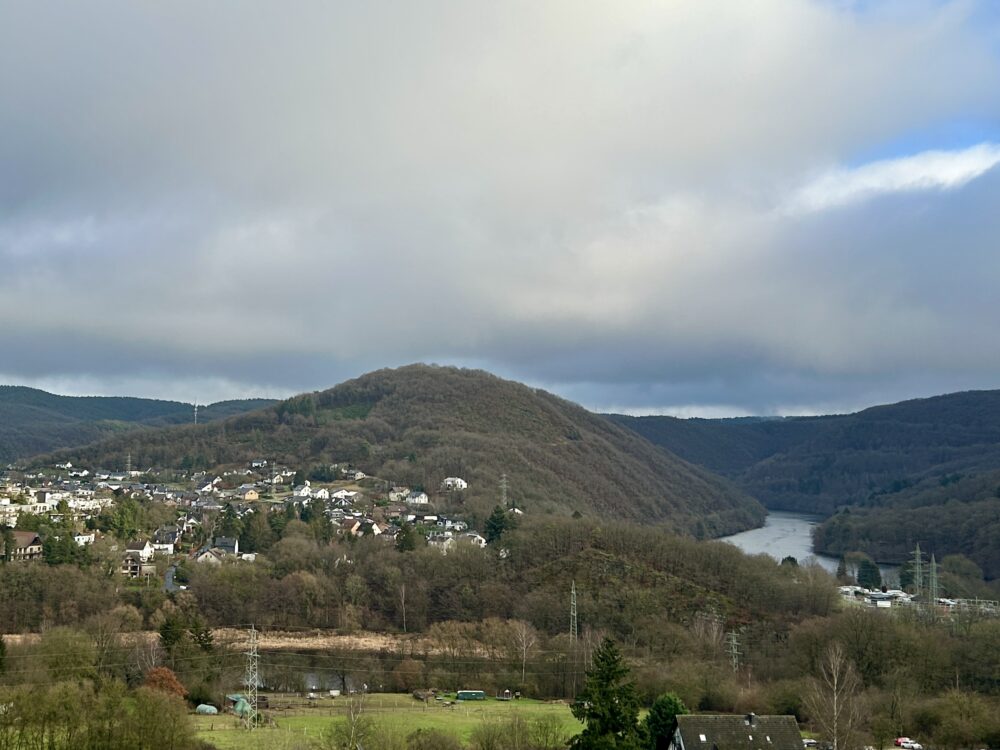As we eagerly await the arrival of summer, let’s turn our gaze to the vibrant flowers of Tuscany, where nature paints a canvas of breathtaking colors. But have you ever wondered why flowers in the Mediterranean region, including Tuscany, seem to boast a more vivid array of hues?
The secret lies in the region’s unique climate and ecological adaptations. The Mediterranean climate is characterised by hot, dry summers and mild, wet winters. This environment challenges plants to conserve water, leading to a number of fascinating adaptations that also affect their coloration.
Adaptations for Survival
Many Mediterranean plants have developed sclerophyllous leaves, which are thick and leathery, helping to minimise water loss during the arid summer months. These leaves often accompany vibrant flowers that bloom profusely in the wet season, creating a stark and beautiful contrast against the backdrop of the green foliage.
Furthermore, the flowers’ bright colours are not just for show; they play a crucial role in the survival of the plants. The vivid colours attract pollinators, which are essential for the reproduction of these species. In a landscape where every drop of water is precious, and competition for pollinators is fierce, having brightly coloured flowers is an evolutionary advantage.
A Symphony of Colors
The result of these adaptations is a symphony of colours that we associate with the Mediterranean summer. From the deep purples of lavender fields to the fiery reds of poppies and the sunny yellows of sunflowers, Tuscany’s flowers are a testament to the resilience and beauty of nature.
#FlowerPower #MediterraneanGarden #NatureLovers #BloomsOfInstagram #GardenInspiration













